Café conversations in Paris revolve around philosophy and politics, but venture into France’s diverse regions, and you’ll discover places where locals speak different languages, eat completely different foods, and follow traditions that predate the Eiffel Tower by centuries. The hexagon contains cultural pockets so distinct they feel like separate countries, each with unique identities that challenge everything most travelers think they know about French culture.
Regional pride runs deeper than national identity in many areas, where local customs and languages survived despite centuries of Parisian centralization efforts. These cultural enclaves maintain traditions that make standard French stereotypes seem irrelevant, offering experiences that feel more foreign than familiar to anyone expecting croissants and berets.
Here is a list of 15 French regions where Paris feels foreign.
Brittany
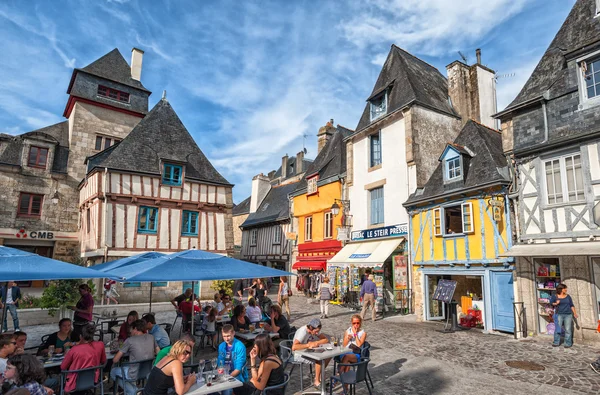
Celtic culture dominates this northwestern peninsula, where Breton language signs appear alongside French ones, and traditional music features bagpipes rather than accordions. The rugged coastline and stone villages resemble Ireland more than the Loire Valley, while local festivals celebrate maritime traditions and Celtic heritage that connects more strongly to Cornwall than to Champagne.
Traditional costumes, folk dances, and ancient stone circles create an atmosphere that feels uniquely non-French, particularly during summer festivals when Breton music and dancing fill town squares. The cuisine emphasizes seafood, crêpes, and cider rather than wine and cheese, reflecting the region’s oceanic rather than continental character.
Alsace
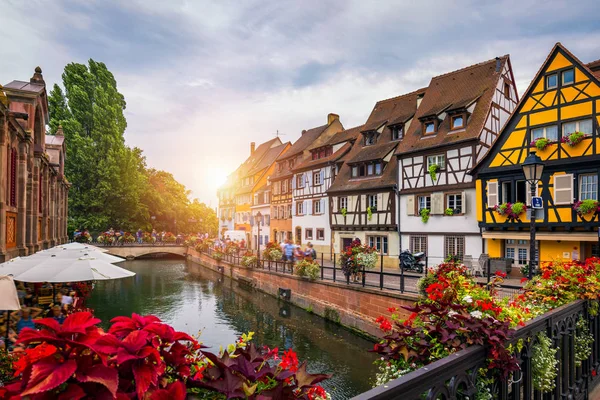
German influence permeates every aspect of life in this eastern border region, from half-timbered houses that could belong in Bavaria to local wines that taste more Riesling than Bordeaux. The regional dialect mixes German and French so thoroughly that many older residents switch between languages mid-sentence, while Christmas markets and beer culture feel more Central European than traditionally French.
Strasbourg’s Gothic cathedral and winding canals create a cityscape that resembles Frankfurt more than Lyon, while local cuisine features sauerkraut, sausages, and pretzels alongside French classics. The architectural style, cultural festivals, and even the shape of wine bottles reflect centuries of shifting borders and mixed cultural influences.
Like Travel Pug’s content? Follow us on MSN.
Corsica
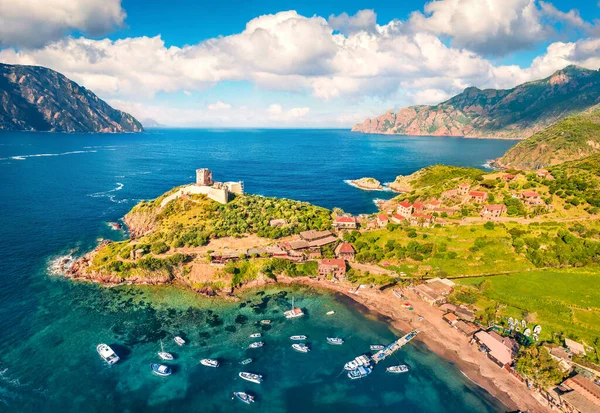
Mediterranean island culture creates a society that feels more Italian than French, where vendetta traditions and clan loyalties still influence social relationships in mountain villages. The Corsican language resembles Italian dialects more than French, while local music, architecture, and customs draw from Mediterranean rather than continental European traditions.
Napoleon’s birthplace maintains fierce independence despite centuries of French rule, with separatist movements and cultural preservation efforts that emphasize the island’s unique identity. The landscape combines Italian-style hilltop villages with Greek-influenced coastal towns, while traditional polyphonic singing and ancient stone structures predate French cultural influence by millennia.
Basque Country
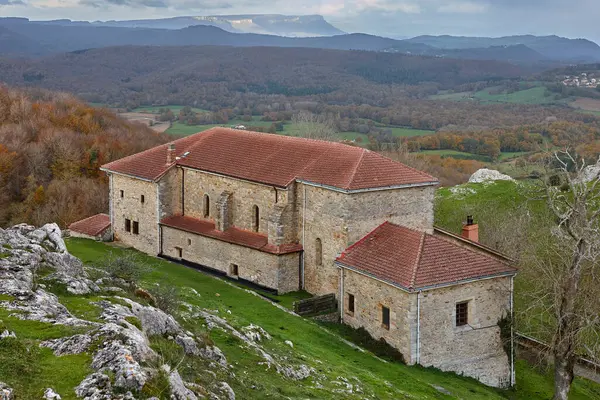
This southwestern region spans the Pyrenees into Spain, creating a cultural zone where Basque language and traditions ignore national borders entirely. The sport of pelota, traditional architecture with distinctive red-roofed houses, and cuisine featuring pintxos and Bayonne ham feel distinctly non-French despite centuries of political integration.
Local festivals include traditional dances and games that connect more closely to Spanish Basque culture than to French traditions, while the landscape of green hills and coastal cliffs resembles northern Spain. The Basque language bears no resemblance to French or any other European language, creating a linguistic island that reinforces the region’s cultural distinctiveness.
Provence
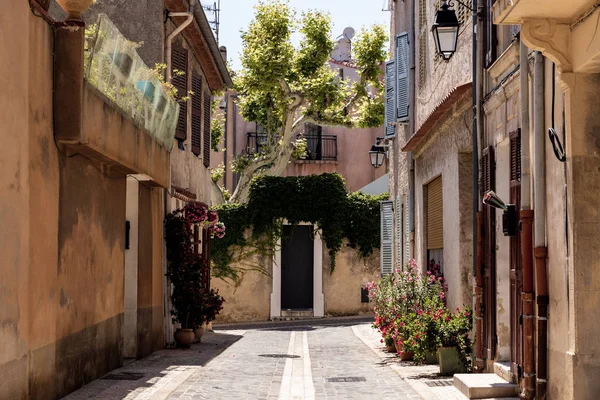
Mediterranean culture defines this southeastern region, where olive groves, lavender fields, and hilltop villages create landscapes that feel more Greek or Italian than traditionally French. The accent transforms the French language so dramatically that Parisians sometimes struggle to understand local speech patterns, while traditional architecture features tile roofs and stone buildings designed for hot, dry summers.
Local festivals celebrate Roman heritage and Mediterranean traditions, from bull-running events to harvest celebrations that emphasize wine and olive oil rather than typical French agricultural products. The pace of life, cuisine, and cultural priorities reflect Mediterranean rather than Northern European values and customs.
Like Travel Pug’s content? Follow us on MSN.
Normandy
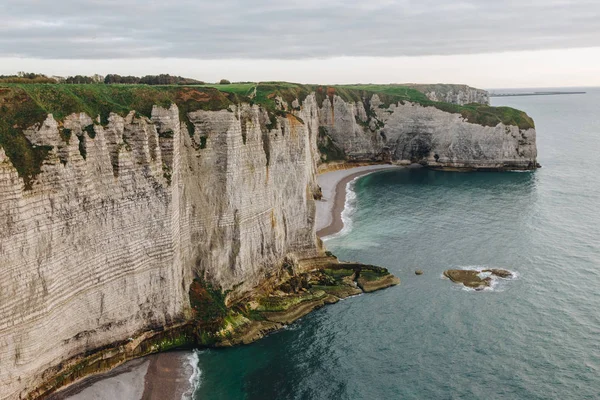
Viking heritage and the English Channel influences create a regional culture focused on maritime traditions, apple-based alcohols, and architectural styles that resemble England more than central France. The D-Day beaches and medieval tapestries tell stories of international connections rather than purely French history, while traditional buildings feature timber framing and thatched roofs uncommon in other French regions.
Local cuisine emphasizes dairy products, apples, and seafood, with cider and Calvados favored over wine. The landscape of rolling green fields, apple orchards, and seaside cliffs creates scenery that resembles rural England or Ireland.
Languedoc

Occitan culture survived centuries of French cultural pressure in this southern region, where traditional language, architecture, and customs maintain a distinct Mediterranean character. The medieval cities of Carcassonne and Montpellier showcase architectural styles that developed apart from northern French influences, while local wine traditions predate Bordeaux and Burgundy.
Traditional music, festivals, and cultural celebrations emphasize regional rather than national identity, with troubadour traditions and Catalan influences creating a cultural atmosphere that feels more Spanish than French. The landscape of vineyards, olive groves, and ancient stone villages resembles Catalonia or other Mediterranean regions more than typical French countryside.
French Catalonia
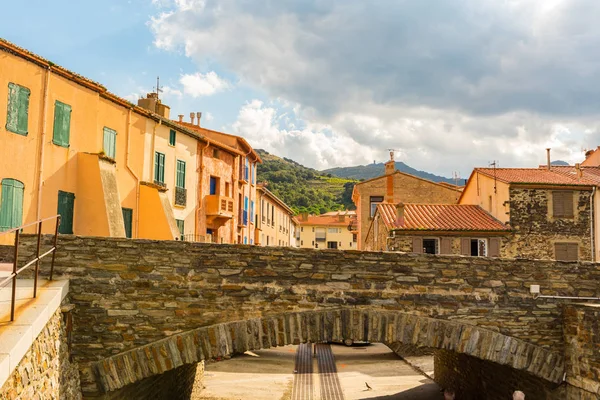
This small region bordering Spain maintains a strong Catalan cultural identity, whereas Barcelona feels closer to Paris both geographically and culturally. The Catalan language appears on street signs and in daily conversation, while traditional architecture, festivals, and cuisine mirror Spanish Catalonia more than French traditions.
The coastal city of Perpignan serves as a cultural bridge between France and Spain, with markets, restaurants, and cultural events that emphasize Mediterranean rather than continental European character. Traditional dances, music, and celebrations connect directly to Catalan culture across the Spanish border, creating a cross-border cultural region that ignores national boundaries.
Like Travel Pug’s content? Follow us on MSN.
Auvergne
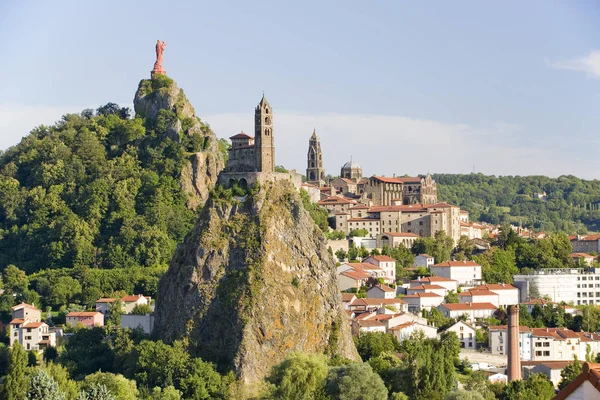
Volcanic landscapes and isolated mountain communities create a regional culture that developed independently of mainstream French influences, resulting in traditions and customs that feel distinctly rural and ancient. The Massif Central’s challenging terrain preserved local dialects, traditional crafts, and agricultural practices that disappeared from more accessible regions centuries ago.
The traditional architecture features dark volcanic stone rather than typical French building materials, while local cuisine emphasizes hearty mountain foods like truffle and cantal cheese rather than refined French gastronomy. The sparse population and harsh winters created self-reliant communities with customs and social structures that differed significantly from other French regions.
Jura
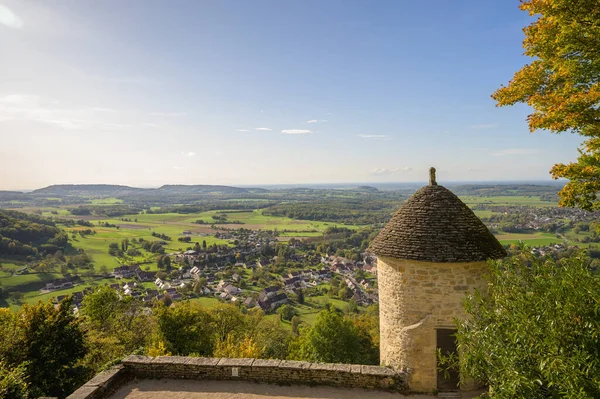
An ambience deeply influenced by the Swiss Alpine mountains occupies the eastern mountain region, wherein architecture, cheesemaking technologies, and winter-sport culture bear closer resemblance to Switzerland than to any typical French area. The spectacle of snow-covered peaks, alpine meadows, and traditional chalets gives scenery hardly distinguishable from the neighboring Swiss cantons, while local dialects and cultural traditions also bear apparent testimony to centuries of border-cutting exchange.
Traditional crafts include woodworking and cheese-making techniques that developed independently of French traditions, emphasizing mountain survival skills and alpine agricultural practices. The isolation and harsh climate created communities that maintained distinct cultural practices despite centuries of French political control.
Savoy
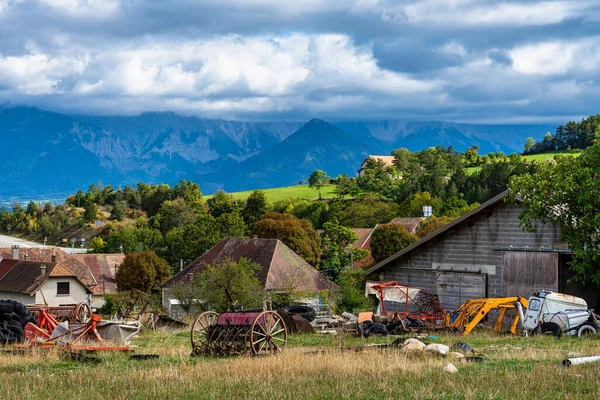
Alpine culture dominates this southeastern mountain region, where traditional architecture, winter sports, and cheese-making traditions feel more Swiss or Austrian than French. The landscape of ski resorts, mountain chalets, and alpine meadows attracts international visitors who experience regional rather than national French culture during their stays.
Local dialects and place names reflect centuries of cross-border cultural exchange with Italy and Switzerland, while traditional festivals celebrate mountain culture rather than French national traditions. The cuisine emphasizes hearty alpine foods like raclette, fondue, and mountain wines that developed apart from classical French gastronomy.
Like Travel Pug’s content? Follow us on MSN.
Picardy
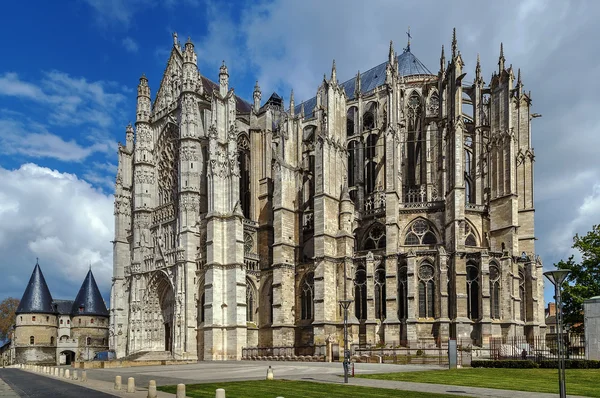
Northern European influences create a regional culture that feels more Belgian or Dutch than traditionally French, with Gothic architecture, textile traditions, and agricultural practices that developed through cross-border trade and cultural exchange. The flat landscape of fields and small industrial cities resembles neighboring countries more than central France, while traditional crafts and architectural styles reflect northern European rather than Mediterranean influences.
Local dialects and cultural traditions show strong Flemish influence, particularly in areas near the Belgian border, where cross-border family and trade connections maintained cultural continuities that transcend national boundaries. The industrial heritage and working-class culture create social traditions distinct from both Parisian sophistication and rural French agricultural life.
Limousin

Rural isolation in this central region preserved traditional French culture that predates modern national identity, creating communities where ancient customs and dialects survived unchanged for centuries. The landscape of forests, small farms, and traditional stone buildings represents an older version of French rural life that disappeared from more accessible regions during industrialization.
Traditional crafts like enamelwork and porcelain production developed unique techniques that became regional specialties, while agricultural practices maintained methods that disappeared elsewhere in France. The sparse population and economic isolation created communities with distinct social structures and cultural practices that feel more medieval than modern.
Champagne
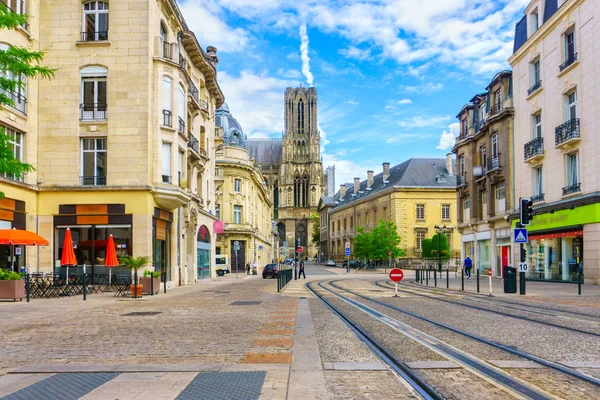
Wine culture defines this northeastern region so completely that local identity revolves around traditions and customs related to viticulture rather than typical French cultural patterns. The landscape of vineyards, chalk cellars, and wine-producing villages creates a specialized agricultural society where social hierarchies, festivals, and economic activities center on sparkling wine production.
Traditional architecture features wine caves and production facilities that shaped town layouts and building styles, while local cuisine developed to complement rather than compete with wine-tasting experiences. The international fame of Champagne wine created a regional economy and culture that operates independently of broader French cultural and economic patterns.
Like Travel Pug’s content? Follow us on MSN.
Franche-Comté
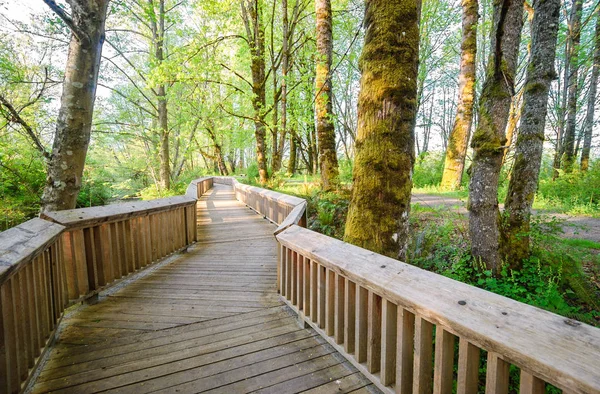
Swiss and German cultural influences blend with French traditions in this eastern border region, creating a unique cultural mixture that doesn’t quite belong to any single national tradition. The landscape of mountains, forests, and traditional wooden architecture resembles neighboring Switzerland, while local dialects and cultural practices show German influence alongside French elements.
Traditional crafts like clockmaking and woodworking developed techniques that became regional specialties, while winter sports and mountain culture create social traditions more common in Alpine regions than in typical French areas. The geographic isolation and cross-border cultural exchange created communities with distinct identities that transcend simple national categories.
Beyond Parisian Assumptions
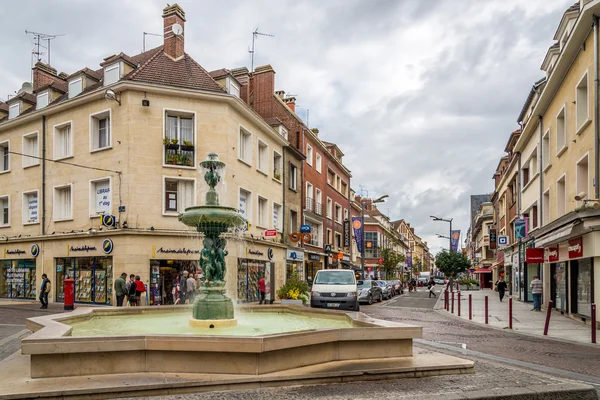
Regional diversity makes France one of Europe’s most culturally complex countries, where local traditions often prove more interesting and authentic than national stereotypes suggest. These distinct cultural regions developed unique identities through centuries of geographic isolation, cross-border influence, and resistance to cultural centralization from Paris.
Understanding regional differences transforms France from a single cultural destination into multiple distinct experiences, each offering genuine local traditions rather than tourist-oriented national clichés. The strength of regional identity in modern France proves that authentic culture survives best when rooted in specific places and communities rather than abstract national concepts.
More from Travel Pug

- 20 Best Beach Towns in the Carolinas
- 13 Destinations Where Tourists Regularly Regret Their Trip
- 20 Things You Actually Get in First Class
- 20 Small Airports With Aviation Museums
- 20 Places in the U.S. That Are Perfect for a Reset Trip
Like Travel Pug’s content? Follow us on MSN.
